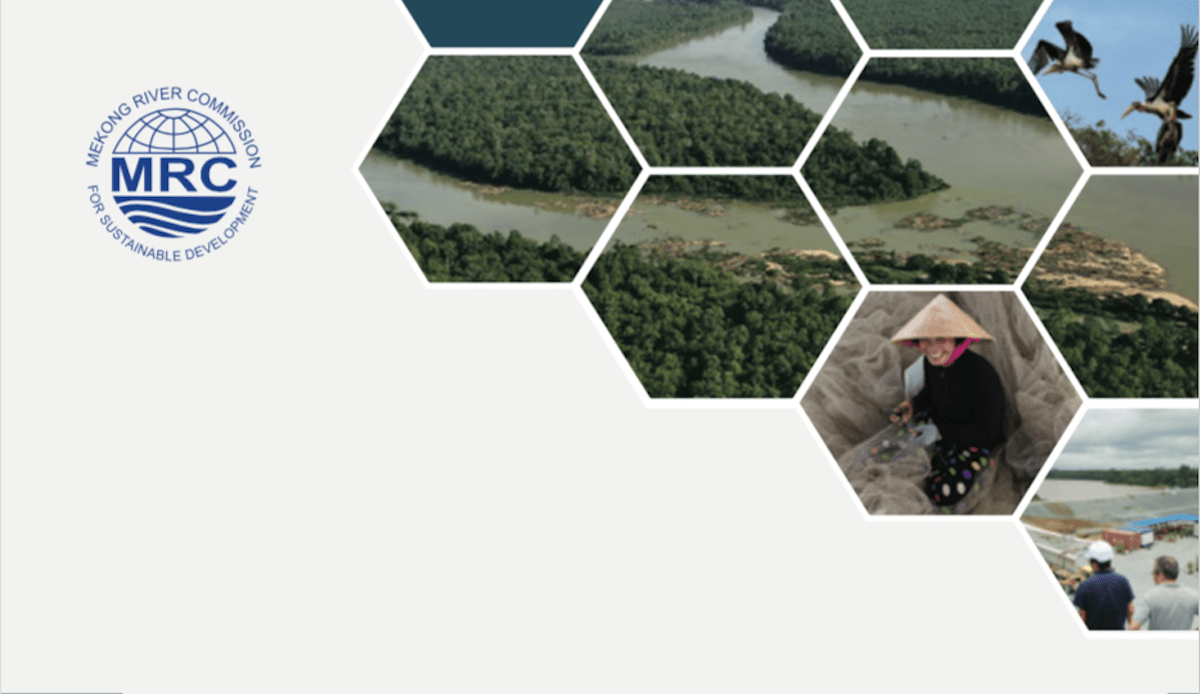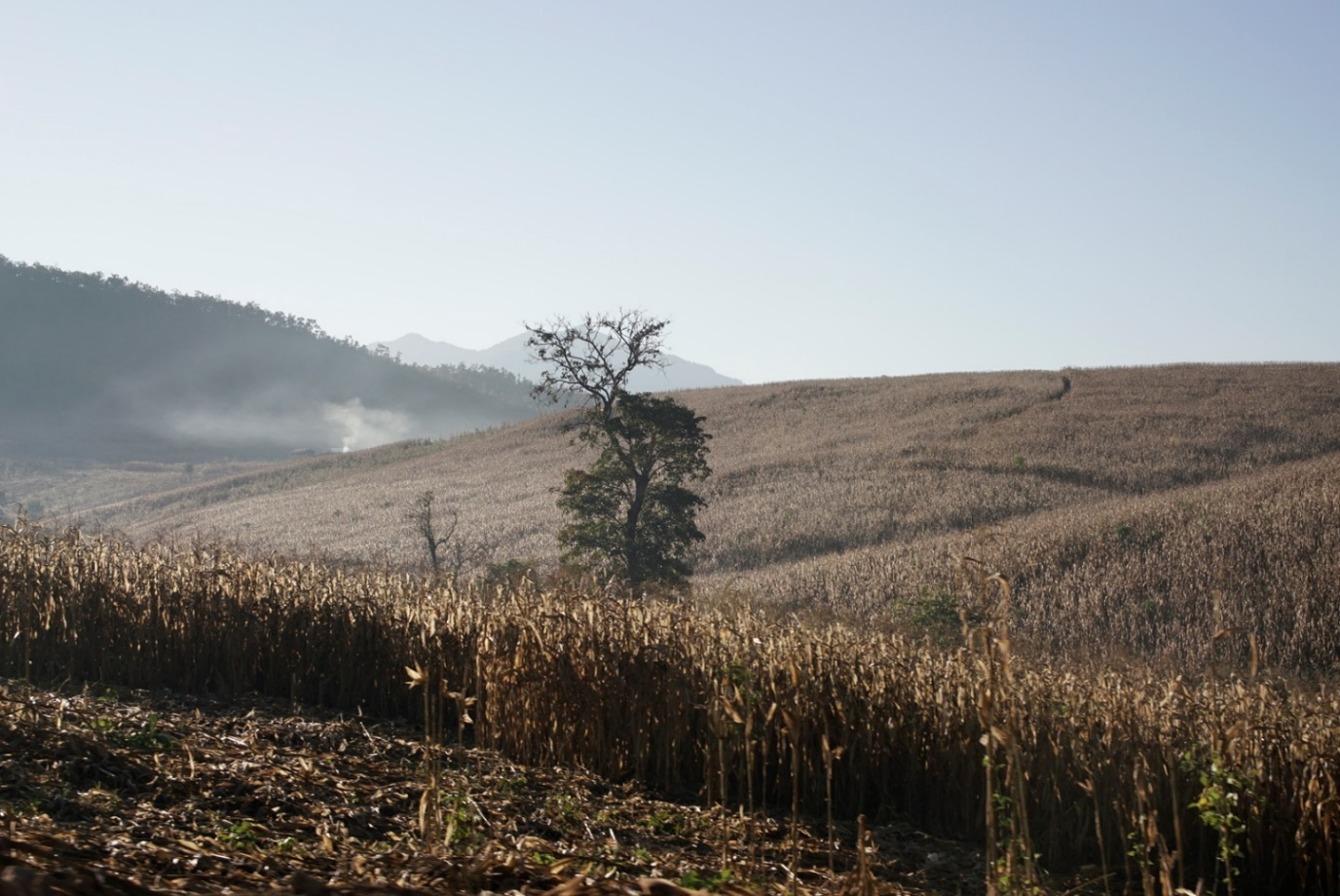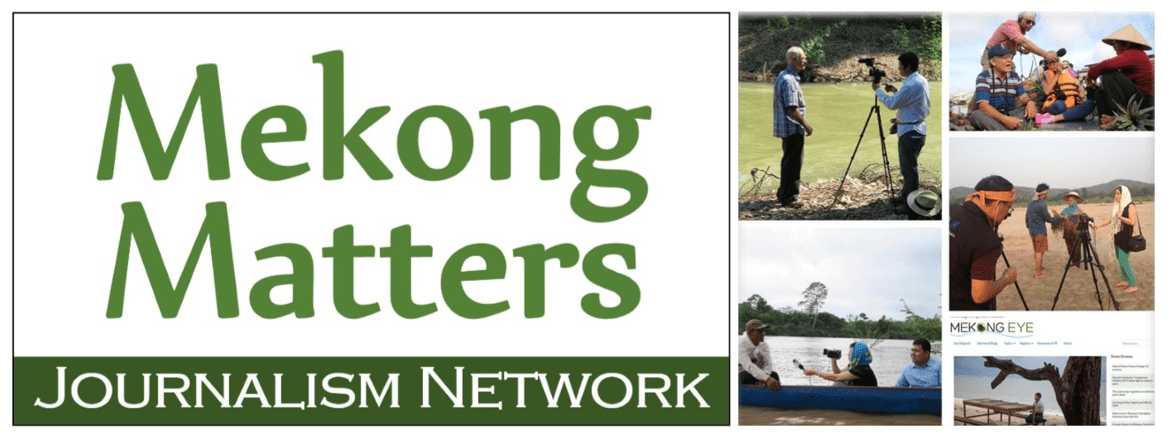In November 2009, the Mekong River Commission (MRC) initiated the Mekong Integrated Water Resources Management Project (M-IWMRP) as a follow up to the Water Utilization Programme (WUP). This was in partnership with the World Bank and the Australian Department of Foreign Affairs and Trade. The project comprised three inter-linked components:
Implementation of an Integrated Water Resources Management (IWRM) regional framework that includes water resources planning and management tools, procedures and guidelines, process and capacity to support the 1995 Mekong Agreement.
Transboundary initiatives jointly designed and implemented applying IWRM principles and demonstrati ng mechanisms for joint planning and implementation of projects identified as part of the MRC-led basin development planning process.
Strengthened policies, institutional arrangements and planning and management capacity for IWRM in the Lower Mekong Basin (LMB) countries.
Commencing in 2012, the 6-year World Bank Mekong IWRM Program (MIWRM) has provided support to implement the transboundary and national initiatives of the MRC M-IWRMP. The objective of the MRC M-IWRM Project is to support LMB governments to establish key examples of IWRM practices at the regional, river basin and local levels. Focus areas are IWRM planning and management, institutional support, and strengthening water resources information, data collection, and modelling.
It has three phases: Phase 1 (MRC and Lao PDR, 2013-2018), Phase 2 (Viet Nam, 2016-2021) and Phase 3 (Cambodia, 2016-2021). The MRC is responsible for managing the bilateral transboundary projects between the Member Countries under the Phase 1 MRC projects.
The M-IWRM Phase 1 (MRC) includes five transboundary projects, which the Sesan and Srepok River Basins (2S) project is one. The objective of the 2S Water Resources Management Project is to: strengthen cooperation and dialogue between Cambodia and Viet Nam to improve long-term sustainable management and development of the 2S water resources and minimise water impacts.
Project outcomes are:
- A Joint Transboundary Issues Paper, supported by the Cambodia National Mekong Committee (CNMC) and the Viet Nam National Mekong Committee (VNMC), that identifies common issues and challenges, and information and data sharing needs, related to transboundary management.
- Development and agreement on coordination mechanisms for sharing information and improving cooperation between Cambodia and Viet Nam to assist in addressing the joint challenges.
- A Joint Action Plan to implement coordination mechanisms to help address priority transboundary challenges.
This report represents the key output for Outcome 1.
1.1 MRC IWRM-based Basin Development Strategy
The MRC IWRM-based Basin Development Strategy (BDS) 2016-2020 for the LMB replaces the first Basin Development Strategy (2011-2015), building on this strategy through increasing regional dialogue and cooperation, strengthening basin-wide procedures and guidelines, improving water related monitoring and information management and enhancing national plans and projects to increase national and basin-wide benefits, minimise transboundary impacts, and provide water security. It has been jointly prepared by the Member Countries of the MRC (Cambodia, Lao PDR, Thailand and Viet Nam), and shaped by input from riparian stakeholders at all levels.
The IWRM-based BDS for 2016-2020 guides water utilization, development and conservation for the MRC Member Countries to address water conflicts in the LMB. More importantly, the IWRM-BDS guides the national governments to develop integrated transboundary water resource management and planning to ensure water, food and energy security for people living along the Mekong River; regional cooperati on and integration; national benefits and reduced transboundary impacts.
1.2 MRC Strategic Plan and M-IWRM Project
The MRC Strategic Plan 2016-2020, which replaces the MRC Strategic Plan 2011-2015, was developed drawing from lessons learned from the previous cycle of planning and the implementation of the BDS 2011-2015. The MRC Strategic Plan 2016-2020 sets the framework to achieve its strategic objectives, including the vision for the Basin and the MRC, the long-term goal, the MRC’s mission, and the MRC’s Core Functions. The Strategic Plan tackles, both medium and long-term needs and challenges for the Mekong River Basin, that are at the regional level. The MRC will achieve its strategic objectives through the following seven outcomes identified in the Strategic Plan:
- Increased common understanding and application of evidence-based knowledge by policy makers and project planners.
- Environmental management and sustainable water resources development is optimised for basin-wide benefits by national sector planning agencies.
- Guidance for the development and management of water and related projects and resources, shared and applied by national planning and implementing agencies.
- Effective and coherent implementation of the MRC Procedures by the Member Countries.
- Effective dialogue and cooperati on between the Member Countries and strategic engagement of regional partners and stakeholders on transboundary water management.
- Basin-wide monitoring, forecasting, impact assessment and dissemination of results strengthened for better decision-making by the Member Countries.
- MRC transitioned into a more efficient and effective organisation in line with the Decentralisation Roadmap and related reform plans.
- Building on 15 years (2000-2015) of achievements by the MRC, the M-IWRMP has directly supported and assisted the Member Countries with implementing IWRM approaches in national water resources management and related sectors, to support sustainable and equitable regional development on a basin-wide scale.





